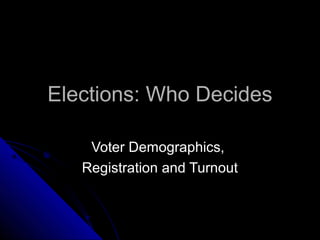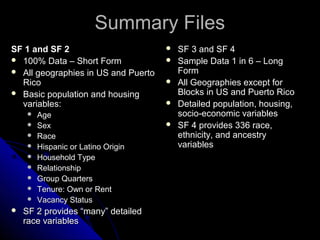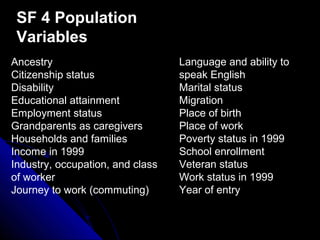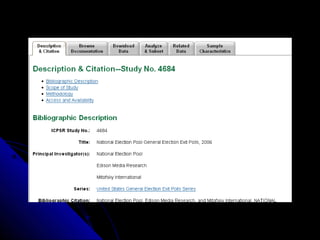The document outlines the process of gathering data on voter demographics, registration, and turnout, with a focus on the Latino population in Los Angeles from 2000 to 2008. It details various sources of information such as the decennial census, current population surveys, and news articles, while discussing eligibility criteria for voting and demographic profiling. The document emphasizes methodologies for research and data collection, including questionnaires, statistical sources, and voter registration searches.





































































